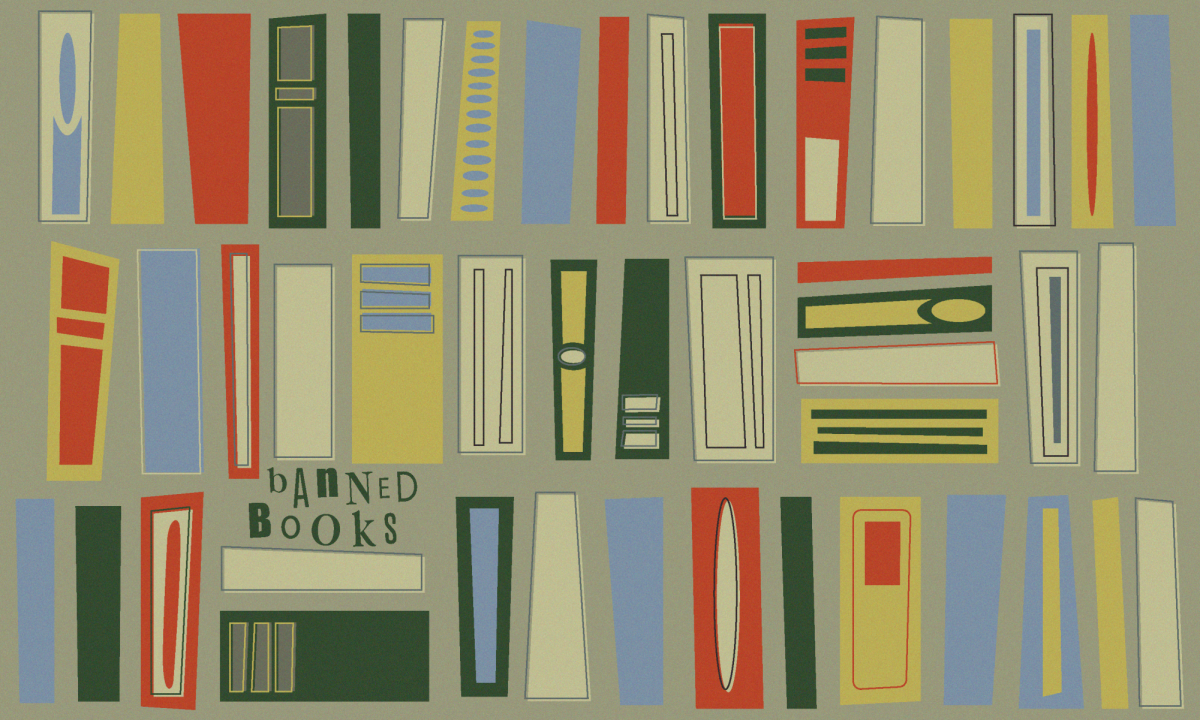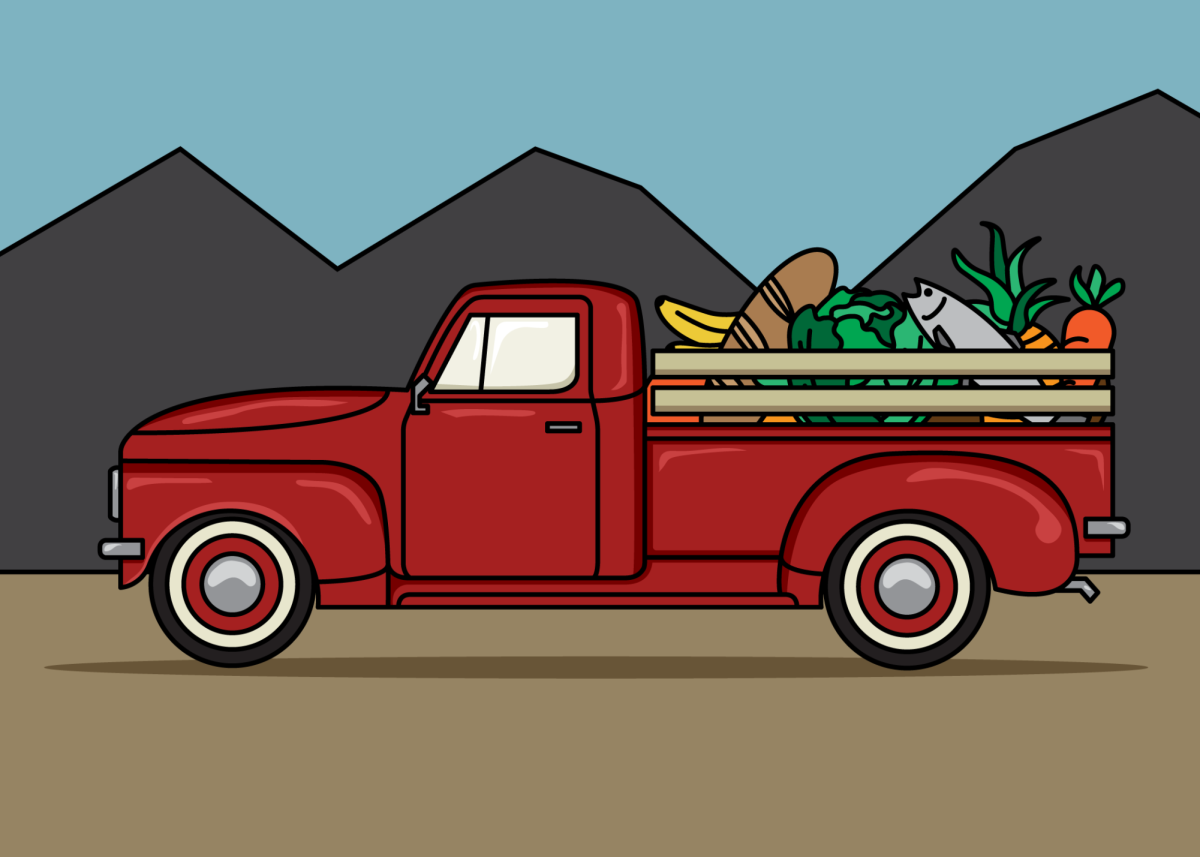The Heart of Pride is All-Inclusive
Emma Tanner
The gay rights campaign, specifically gay marriage, has been one of the fastest moving, most successful human rights movements to date. Over the course of 50 to 60 years, people have fought for gay attraction rights and the decriminalization of same-gender affection, seeing the most extensive progress in the last 20 years. And while diligent and lawful struggle with the state has led to legal amendments and progress concerning same-sex love and marriage similar to other human rights movements, the most profound distinction has been the speed at which common society has followed suit. While for centuries we’ve dealt with generation after generation of racists, sexists, etc. it seems like more people have gotten on board with same-gender attraction in a much shorter span of time. In fact, according to the Pew Research Center, a majority of people in the United States opposed same-sex marriage in 2001 (57 percent oppose, 35 percent in favor), but as of 2015 now support it with a major reversal in public opinion (39 percent oppose, 59 percent in favor). Millennials today coming from strict homophobic backgrounds, often religious, are now accepting their friends and family as queer without much hesitation or dispute. We surely have progress to make, especially at higher administrative levels of religion, culture and the law. But on a smaller level, acceptance — at least respectful tolerance — is almost expected across the social board in younger generations and those to come.
With such widespread and powerful strides being made among rights for individuals who are gay, transgender and of a wide variety of sexual orientations and gender identities, it makes sense that other movements would want to piggyback on the triumphs of the LGBTQ+ community. And as a band of successful human rights advocates, maybe it should make sense for the movement to adopt fighting racism, sexism and all other forms of bigotry in their own cause, especially as so many other human rights movements follow LGBTQ+ tactics to achieve legitimacy and acceptance in the public sphere. But should the LGBTQ+ agenda and its tactics, including open celebrations like Pride, really be expected to intertwine with every other social movements’ outcries for civil acknowledgment and acceptance?
Recently there has been some ridicule regarding state Pride festivals and parades and their “tendencies” to showcase fit, often Caucasian, gay men as primary examples of the LGBTQ+ movement, allegedly barricading their events and celebrations from those who don’t fit the mold. I suppose I understand why some people may be sensitive to the “perfect gay” image, feeling as though they’re being left out if they’re overweight, of color, female, or even identify as straight. And maybe it is fair to expect such a successful social movement to rise above the modern stigmas of beauty and stand strong against the tendency to show off their most prized assets boosting the cause. But, at the same time, maybe it’s using these stigmas, at least to an extent, that has aided in the victories the LGBTQ+ community has experienced. After all, if homophobes realize that fit, attractive, successful men may also be gay, it seems to follow that those objecting may have a harder time ridiculing the homosexual lifestyle. If they’re living healthfully and happily, and finding success in academics and their professions, how much of a problem can being gay really be? It makes sense that the equal treatment movement wouldn’t be as successful under the face of a more tortured, struggling, unsuccessful-by-society’s-standards LGBTQ+ individual. They’re not role models or icons. It’s strategy to put the best on a pedestal. And it’s worked for the gays just like the same tactic has worked with any other mission to earn respect for a cause. But that doesn’t mean the LGBTQ+ movement and community excludes those who don’t fit that ideal staple, or even those who aren’t queer, but suffer from some other form of discrimination and the barriers that ensue. Most of those iconic fit and fab gays, and other LGBTQ+ members and supporters are more than willing to accept anyone under any circumstance of hardship, whether they be gay/straight, male/female, black/white, you name it. They’ve been through the struggle, and those hot men dancing on top of a float in speedos with their boyfriends are hardly out to hurt their cause by passing on the bigotry and hate they’ve grown to know all too well.
People aren’t wrong when they say that to talk about the LGBTQ+ community as a clique is to talk about every race, every ethnicity, every type of disability, every sex and every point on the spectrum of sexuality. Yes, there are gay folks that are African American, blind or female. And when one stands with the LGBTQ+ cause, it almost goes without saying that they stand for every other minority movement to date. As crazy as it might sound, most LGBTQ+ people also heavily support feminism and civil rights, while managing to condemn body shaming and other forms of harmful ridicule because they’ve felt the effects of it too. And while some may get angry over the fact that Pride celebrations are orchestrated to commend LGBTQ+ identities and lifestyles in particular without overtly acknowledging every other minority basis, it seems to me that it’s hard to find another movement or another celebration that will welcome minorities, and everyone else with arms wide open more than the LGBTQ+ community does.
Intersectionality Should Be Primary Focus of Pride
Connor Richards
For decades, Pride has been celebrated as an event characterized by social acceptance, personal growth and sexual liberation. There is ample justification for this. Since the first marches in 1970, Pride has provided a warm, welcoming environment and outlet for gay and queer individuals throughout Utah, the United States and the world.
Like most movements or celebrations that aim at bolstering marginalized groups, Pride is not without its limitations. Dylan Ashley, an organizer with Utah Pride Center’s 1 in 5 Club, a program that serves Utah’s sexually fluid communities, argues in a Salt Lake Tribune op-ed that Pride, with its heavy emphasis on gay and lesbian individuals, leaves transexual, bisexual, asexual, pansexual and communities of color voiceless.
“When our Pride Festival is a celebration of corporate success and assimilation into a dominant white culture that actively violates the economic justice and liberation of communities of color, we have failed,” Ashley writes. “When a room full of white queer people can agree without hesitation that the police should lead the parade, failing to recognize the ways in which police actively target people of color and represent symbols of violence and danger rather than safety and protection, we have failed. When our march for justice recreates white supremacist structures and we refuse to listen when that fact is acknowledged, we have failed. When we write off the concerns of people who are marginalized in many different ways, members of our community because we have not personally encountered them, we have failed.”
Queer and trans individuals are often faced with greater obstacles than their gay and lesbian peers, Ashley continues. Transgender people, for example, are overwhelmingly more likely than other Americans to experience homelessness. Of the estimated 1.6 million young people experiencing homelessness in the U.S., an alarming 40 percent of them are transgender. Queer communities of color, especially Black and Latino communities, have a historically hostile relationship with law enforcement and are unable to rely on the police for protection. By working alongside corporations, police and the bureaucratic establishment, Pride puts trans communities and queer communities of color in threatening and compromising situations.
Lorelei Erisis, a columnist for The Rainbow Times of New England, points out that there is evidence that historical LGBTQ celebrations, such as Stonewall, were led by and focused on trans people. When a trans person tries to get involved in contemporary movements, however, they are left feeling ignored and excluded. Erisis spoke with a resident of Massachusetts who was “chastised at a Pride [Parade] for leading trans rights chants during the parade. I was told that I was too angry and that it was ruining the party atmosphere.”
Pride began as a protest but turned into a party, Erisis says. Parade participants and event organizers have focused solely on festivity and celebration at the expense of activism and pointed strategic social progress. Beneath the glitter and brightly colored attire, there are bleeding and aching communities in dire need of attention and acknowledgment.
Fortunately, many Utahns agree that transgender and queer communities of color need more emphasis and inclusion. “Pride Elevated,” the slogan of 2017’s Pride celebration in Salt Lake City, is a conscious effort to increase inclusivity of LGBTQ groups.
One of the parade’s attendees, Piper Stewart, told The Salt Lake Tribune “It’s really important that the LGBT community starts including and supporting more people of color and transgender people because, in the past, I think both of those groups have kind of been excluded.”
Chris Wharton, who is running for Salt Lake City Council District 3, agreed. “The movement has been criticized for being too focused on the ‘L’ and the ‘G’ — the lesbian and the gay — and not enough on our bisexual community, our transgender community and our gender queer community,” said Wharton, who is openly gay.
Pride has been and continues to be a praiseworthy push towards gender and sexuality-based acceptance, both at the societal and individual level. It needs to be understood, nevertheless, that not all marginalized groups experience oppression equally. For Pride to truly accomplish its goals of including and providing a platform for all people, it needs to increase its presence of trans and non-binary communities, as well as trans and queer communities of color.












